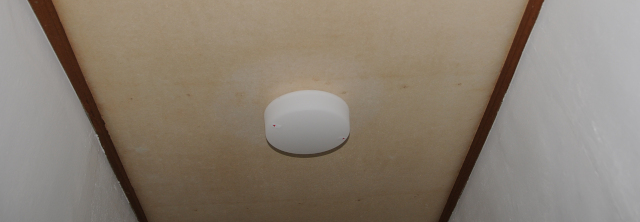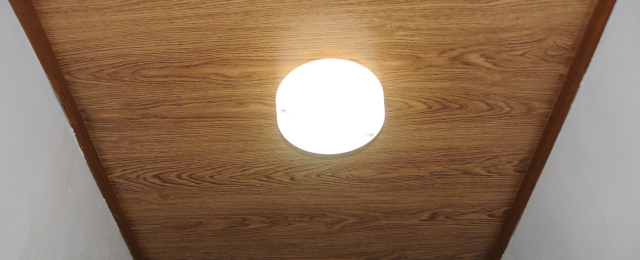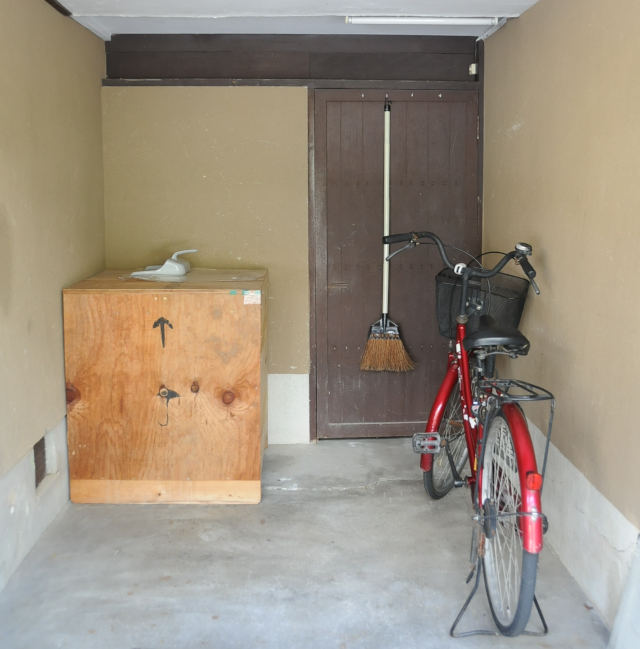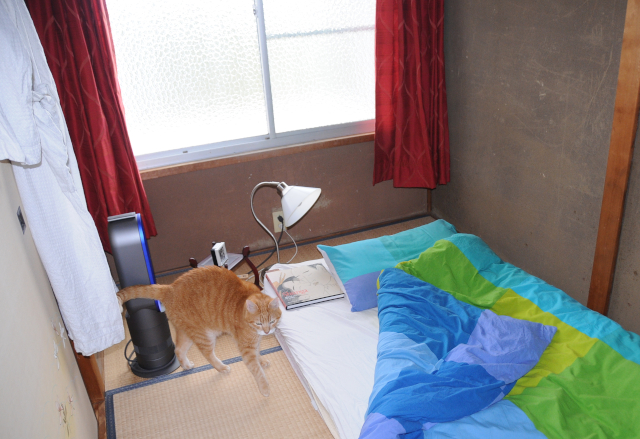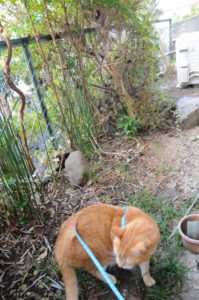The autumn colours are over, and the temperatures dropped accordingly. In turn, Pumpkin and I are cold even indoors – I’ve mentioned the lack of insulation before, I believe…
So, time for my usual preparations for the cold: Once again, I’ve moved my bedroom to the smallest room on the second floor, facing south. My thick woollen duvet is in place, as well as the fleece blanket on top of it. Pumpkin may now sleep with me, not that he needs permission, really. It’s not freezing at the moment – we’ll keep those moments for February – so he’s in and out of my bed throughout the night. As long as he doesn’t wake me up doing so, I don’t mind.
There are also a few new things I have done this year to try and keep the house (and me) warm: First of all, I shut off the ventilator in my bedroom and nailed a board over the opening. Since I’ve moved in here, I never once used it, so I felt confident in my decision. There’s not much insulation in the hole that’s left, but I mainly boarded this up to decrease draught. With a bit of luck, this also prevents certain crawlies from coming inside…
Second, I asked for help from a neighbour’s contractor to put up a curtain rod in my genkan. There is now a heavy curtain in front of the entrance to the rest of the house, and I keep it closed in the nights. To be perfectly honest, neither of these improvements will make much of a difference with respect to the actual temperature in the house. Nevertheless, there is something to be said for the placebo effect, and that alone might just do the trick. 😉
However, one third thing that already made a difference in the nights: A friend of mine gave me an old hot carpet as a gift. Since I don’t use my living room much, not in winter, anyway, and I’m not sure whether it would withstand my heavy office chair, I came up with another use for it. It now lays between the two futon I use in my small bedroom.
It takes about 30 to 45 minutes to heat up the bed nicely, and my pyjamas to boot. Once I’m going to bed, I turn the carpet off again; I don’t mind the rest of the room being cold as long as I feel warm myself. I might need the heater still, but only to warm my hands when reading before I turn in. We’ll see how this goes in the long run, and how expensive this will be. For now, I’m very happy with the arrangement, and Pumpkin is too.

